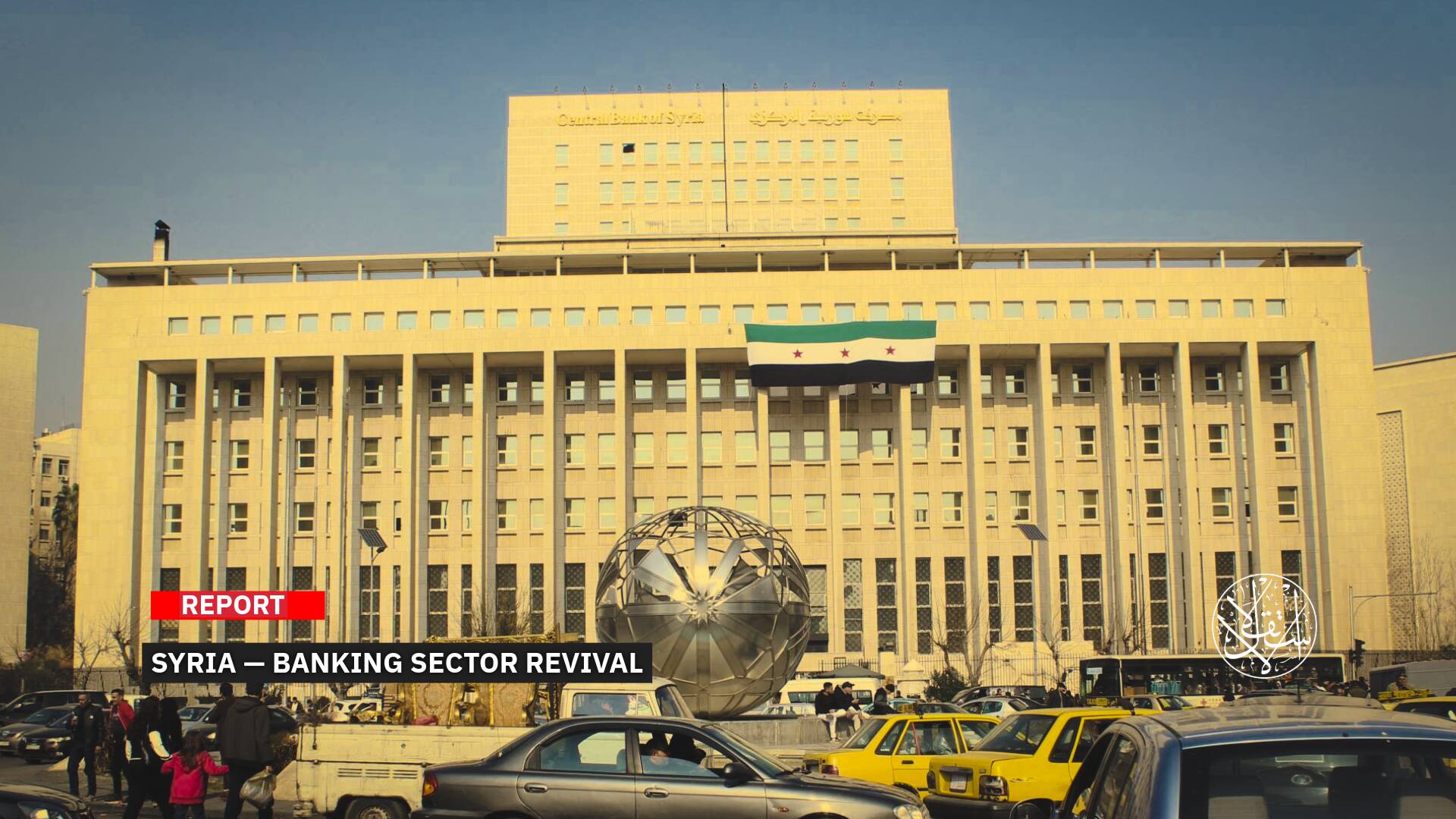Artificial Intelligence How It Can Affect the Economy and the Stock Market

The promise and peril of artificial intelligence loom large in today’s world, as modern technology offers unprecedented opportunities for transforming the global economy, but also raises profound concerns about the fate of workers and sectors that could be displaced by machines and software.
A study by PwC estimates that artificial intelligence could add $15.7 trillion to the global economy by 2030, boosting the GDP of local economies by up to 26%.
Nearly half of this economic gain would come from product enhancements that stimulate consumer demand, as A.I. enables more diversity, customization, attractiveness, and affordability of goods and services over time.
China and North America are expected to reap the largest benefits from A.I., with a 26% and a 14.5% increase in their GDP respectively by 2030, accounting for almost 70% of the global economic impact, according to the study.
But another report by Goldman Sachs warns that the same advances in A.I. that fuel economic growth could also disrupt labor markets and displace millions of workers.
The report focuses on generative A.I., a branch of A.I. that can create content that is indistinguishable from human production, such as text, images, audio, and video.
Generative A.I., which relies on natural language processing techniques, has the potential to revolutionize communication between humans and machines and to enhance productivity and innovation across various domains.
Goldman Sachs estimates that generative A.I. could increase global GDP by 7% (or nearly $7 trillion) and raise productivity growth by 1.5 percentage points over a decade.
However, the report also warns that generative A.I. could pose significant challenges to employment and social welfare, as it could automate up to 300 million full-time jobs worldwide
Based on data on the task content of over 900 occupations, the report finds that about two-thirds of U.S. jobs are exposed to some degree of automation by A.I. and that a quarter to half of their workload could be replaced by A.I. systems.
But the report also notes that not all automation will result in job losses, as many jobs and industries are only partially exposed to A.I. and could benefit from its complementary effects.
Although the impact of A.I. on the labor market is likely to be significant, most jobs and industries are only partially exposed to automation and are thus more likely to be complemented rather than substituted by A.I., the report said.

China’s Advance
As countries, governments, and large companies pour money into artificial intelligence, some studies project that the technology will add more than $15 trillion to the global economy by 2030, rivaling the value of fossil fuels.
China is leading the race for A.I. dominance, accounting for 48 percent of global spending on the technology, followed by the United States with 38 percent, according to some estimates.
That means the world’s two superpowers are not only competing for energy resources but also for digital supremacy in the era of the Fourth Industrial Revolution.
The recent trade tensions between China and the United States illustrate the stakes of this rivalry, as well as the need to develop human resources that can keep pace with the rapid changes in work and employment that A.I. will bring.
China has built a solid foundation for its A.I. economy in the past decade, making significant contributions to A.I. research and development worldwide.
Stanford University’s A.I. Index, which assesses A.I. advancements across various metrics, ranks China among the top three countries for global A.I. vibrancy.
For example, China produced about one-third of both A.I. journal papers and A.I. citations worldwide in 2021. In economic investment, China attracted $17 billion for A.I. start-ups in 2021, nearly one-fifth of global private funding.
The recent trade frictions between China and the United States underscore the stakes of this rivalry, as well as the need to develop human resources that can adapt to the rapid changes in work and employment that artificial intelligence will bring.

Replacing Humans
A 2016 study by Analysis Group, funded by Facebook, argues that artificial intelligence will have both direct and indirect positive effects on jobs, productivity, and gross domestic product.
Direct effects will come from increased revenues and employment in firms and sectors that develop or manufacture artificial intelligence technologies, which may also create entirely new economic activities
Indirect effects will result from a broader increase in productivity in sectors that use artificial intelligence to optimize business processes and decision-making, as well as increase their knowledge and access to information.
The study envisions much more modest gains ($1.49 trillion to $2.95 trillion) over the next decade.
But not everyone is optimistic about the impact of artificial intelligence on jobs. In the past, technology created more jobs than it destroyed, and workers were able to reskill or move sideways to other industries.
But in recent years, this is no longer the case, and many have permanently lost their jobs due to technological development.
A two-year study from the McKinsey Global Institute suggests that by 2030, intelligent agents and robots could replace up to 30 percent of the world’s current human labor.
McKinsey estimates that depending on different adoption scenarios, automation could displace between 400 million and 800 million workers by 2030, requiring up to 375 million people to switch job categories entirely.
For example, Microsoft recently announced that it would lay off dozens of journalists and editorial workers at Microsoft News and MSN and instead rely on artificial intelligence to select and edit news and content presented on MSN.com, within the Microsoft Edge browser, and in the company’s Microsoft News apps.
Microsoft said in a statement that it was evaluating its business “like all companies…on a regular basis,” which could lead to “increased investment in some places and, from time to time, redeployment in others.”
The decision will result in the loss of 50 jobs in the United States and another 27 jobs in the United Kingdom.











